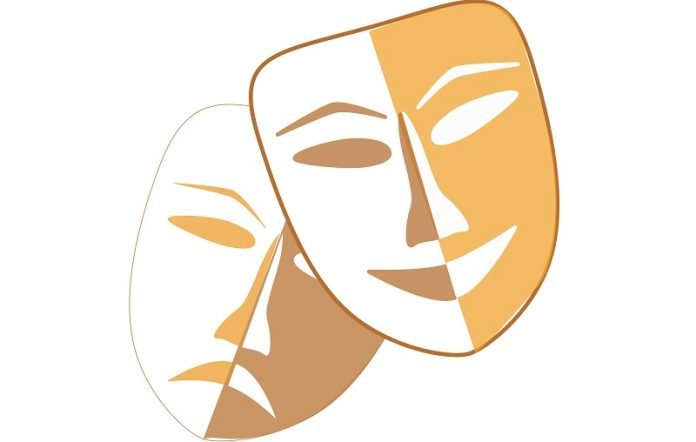
The news that Justin Bieber was experiencing partial face paralysis due to a rare neurological condition called Ramsay Hunt syndrome shocked his fans last week.
It also left people asking, “What is Ramsay Hunt syndrome?”
According to Emily Zimmerman, Northeastern associate professor of communication sciences and disorders, it’s not surprising that most people haven’t heard of it.
An exceedingly rare neurological condition, Ramsay Hunt syndrome is the result of the varicella-zoster virus, which also causes chickenpox.
Much like shingles, Ramsay Hunt syndrome is a reactivated form of the virus that occurs in adults.
“Once the chickenpox infection has cleared, the virus remains dormant in the body and can reactivate during stress or when immunocompromised,” Zimmerman says.
“If this happens to the spinal nerves, the result is shingles and if it happens to the seventh cranial nerve, the result is Ramsay Hunt syndrome.”
The partial face paralysis that the 28-year-old Grammy winner is experiencing is one of the defining features of Ramsay Hunt, although a rash around one ear is also a hallmark.
The virus impacts the seventh cranial nerve, the last common pathway from the brain to muscles in the face. Even though the information is still coming from the brain, the virus prevents neurons from communicating with the muscles that they should move. This is why Bieber has reported difficulty in eating, swallowing, and speaking.
Zimmerman says conditions like Ramsay Hunt syndrome illustrate the complexity of the actions people take for granted. According to Zimmerman, the simple act of smiling involves activating between 17 and 43 different muscles, depending on how wide or exuberant of a smile it is. It’s why in many cases, Ramsay Hunt syndrome causes not just physical symptoms but anxiety as well.
“It’s very scary to have your brain tell your body to do something and for it not to respond,” Zimmerman says. “It seems unrecognizable to see or hear yourself.”
After Bieber canceled several shows in his latest tour, some fans were left wondering whether the singer would be able to recover from the virus. But Zimmerman says there is no need to worry.
“Typically, if the treatment is given within the first three days of the symptoms, it’s a pretty good prognosis, but the later you wait to get treatment, the worse the prognosis,” Zimmerman says.
Although full recovery can take anywhere between six weeks and three months, treatments are readily available for Ramsay Hunt syndrome. Treatments range from anti-inflammatory drugs and antiviral medications to an eye patch on the paralyzed side of the face to prevent infection.
When it comes to long-term side effects, Zimmerman says, the faster that treatment is administered, the better.
Even then, some people need more assistance in recovering than others, which is where speech language pathologists and physical therapists can help patients build up their strength through daily facial exercises.
One silver lining of Bieber’s diagnosis is the increased awareness around the previously little-known neurological syndrome, Zimmerman says.
She hopes the pop star’s openness about his condition and his videos on social media will help people understand the importance of a timely diagnosis and treatment, especially when it comes to neurological issues.
“When … you are having difficulties moving your face, [it’s important] to really reach out to your physician to really understand what’s happening, whether it be Bell’s palsy or Ramsay Hunt syndrome, [and try] to help distinguish what’s going on so you can get the appropriate medication you need earlier to then allow for the appropriate recovery,” Zimmerman says.
Written by Cody Mello-Klein.



